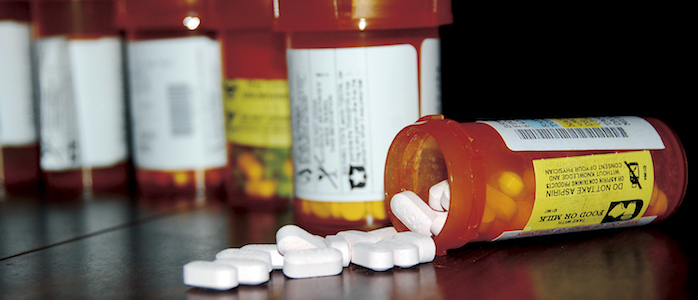Teen prescription drug abuse is a major concern in the United States, for families, schools, law enforcement, rehab facilities, and the juvenile court system—almost anyone who interacts with teenagers. What often starts as a diagnosis and a prescription to address that diagnosis often ends in an unintentional or intentional abuse of the prescription.
These prescriptions can include tranquilizers, sedatives, stimulants, pain relievers, and others; and are prescribed by doctors for a variety of reasons.
After marijuana and alcohol, prescription drugs are the most commonly misused substances by Americans 14 and older—National Institute on Drug Abuse for Teens.
Attention deficit hyperactivity disorder symptoms in teenagers often leads to referrals to a doctor for an evaluation. The doctor prescribes a medication to help the adolescent, but there is no guarantee that the teen will take the medication as prescribed. Some teens welcome the prescription and take it as directed, while others take more than prescribed, or combine it with alcohol and other drugs.
This can lead to illness, addiction, overdose, or the juvenile court system.
Teen anxiety is another factor in substance abuse. In a society where divorce, suicide, parental conflict, personal relationships, and economic instability are ever-present, more teens are turning to prescriptions in dealing with these issues. They may believe that self-medicating helps alleviate their emotional pain, anxiety, insomnia, depression, etc.; but it also leads to addiction, risk of overdose, and possibly death.
Teen drug abuse often begins innocently, as most young adults don’t understand that medications can be dangerous to their health. They think that if it’s prescribed by a physician, it must be safe. A good example of this is steroid abuse. A teen may take it to improve their physical performances in athletics, unaware of the possible consequences.
Still other teens abuse drugs as a way of experimenting, to see what it’s like. This experimentation and lack of knowledge concerning the effects of the drug can lead to dependency and/or accidental overdoses.
It’s important to note that not all teens abuse prescription drugs. But those who do sometimes get prescription drugs from a friend or relative, with or without that friend or relative’s knowledge. Only a small percentage buy prescription drugs from a dealer; and an even smaller percentage purchase online.
Although death is very possible when a teen abuses prescription drugs, there are other consequences that he or she may have never considered, such as heart failure, depressed respiration, stroke, coma, or an automobile accident that could cause injury or death to others or themselves.
Which Adolescents Are at Risk for Teen Prescription Drug Abuse?
- Those who smoke cigarettes.
- Those who smoke marijuana.
- Those who drink alcohol.
- Those who have tried other drugs.
What Can Be Done to Prevent Teen Prescription Drug Abuse?
It takes the efforts of every significant person involved in the teen’s life to address teen prescription drug abuse. Parents who are on pain meds can monitor the levels of their prescriptions. Teachers and school personnel can report suspicions to parents, guidance counselors, or principals. Doctors can screen patients more closely for histories of drug use, and discuss concerns with parents if they arise.







